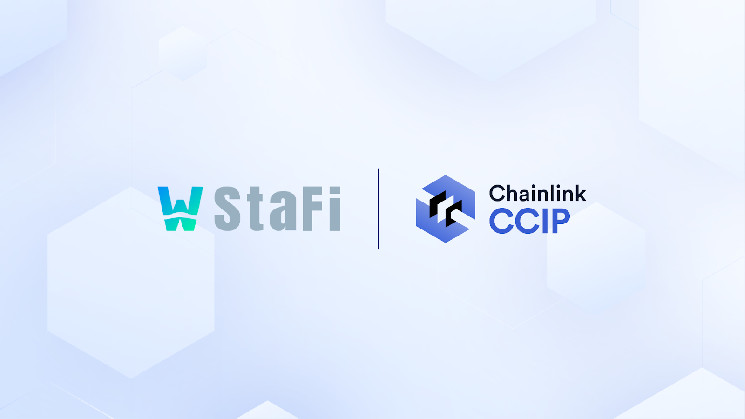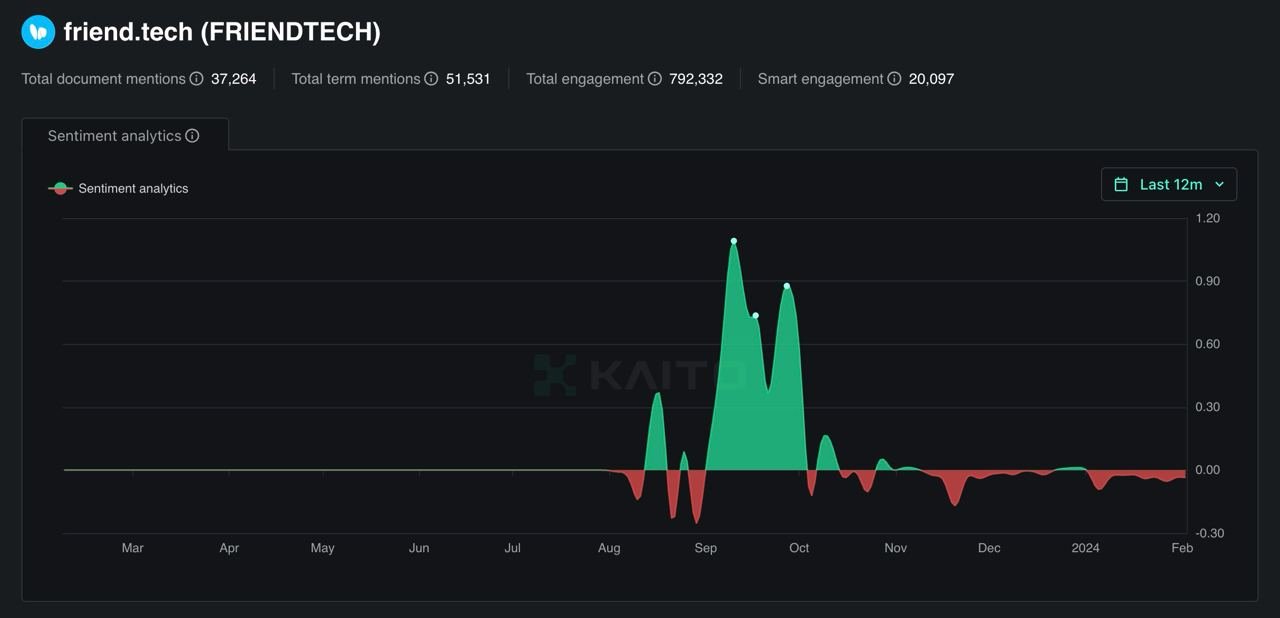StaFi embraces Chainlink CCIP and Automation to revolutionize cross-chain asset synchronization and secure liquid staking rates.
Introducing Chainlink CCIP Integration
StaFi, the trailblazing multi-chain liquid staking protocol, has taken a giant leap forward in its mission to empower users to participate in DeFi while staking across various Web3 ecosystems. In an exciting development, StaFi has seamlessly integrated Chainlink CCIP (Cross-Chain Interoperability Protocol) across the Ethereum, Arbitrum, and Polygon mainnets.
Syncing Assets Across Chains
StaFi’s integration of Chainlink CCIP has opened the door to cross-chain asset rate synchronization. This innovative move enables the transmission of staking rates from Ethereum to Arbitrum and Polygon, creating a synchronized and harmonious environment for stakers.
Chainlink Automation: Smart and Secure
The integration also brings Chainlink Automation into play. Chainlink Automation is a decentralized service designed to efficiently trigger smart contracts on the Ethereum mainnet securely and cost-effectively. This means that the latest rates for rETH and rMATIC can be reliably and securely transmitted to Arbitrum and Polygon via CCIP.
Why Chainlink CCIP?
Choosing Chainlink CCIP as the go-to interoperability solution was a strategic decision by StaFi. The primary reasons for this choice include:
1. Unparalleled Security and Reliability
Chainlink has a well-established reputation for maintaining the highest standards of security and reliability within the Web3 industry. The CCIP consensus and messaging layer, backed by Chainlink decentralized oracle networks, have already secured billions of dollars for smart contracts and facilitated trillions of dollars in on-chain transactions.
2. Extra Layer of Security
CCIP brings an extra layer of security through the Risk Management Network, an independent entity that continuously monitors and verifies cross-chain operations to detect any suspicious activities. This added layer is crucial in light of past industry exploits and the substantial loss of user funds due to insecure cross-chain infrastructure.
3. Seamless Integration
CCIP simplifies the developer experience by offering a unified cross-chain interface. Developers need only integrate the CCIP Router on-chain to start building secure cross-chain applications without the hassle of writing custom code for each blockchain.
4. Scalability and Future-Proofing
CCIP eliminates the need for developers to write chain-specific code, ensuring scalability and future-proofing. It is built to support ongoing updates, including the integration of new blockchains, advanced functionalities, and additional security measures. This ensures that integrating with CCIP will not result in switching costs if new cross-chain functionalities are required in the future.
StaFi’s Vision for the Future
Incorporating Chainlink CCIP and Automation has significantly enhanced the functionality of StaFi’s liquid staking protocol while maintaining the highest standards of security. StaFi remains dedicated to providing a seamless and secure platform for users to stake and engage in DeFi activities across Ethereum, Arbitrum, Polygon, and beyond.
Liam Young, the Co-Founder of StaFi, expressed his excitement, stating, “We’re thrilled to leverage Chainlink CCIP and Automation to advance asset rate synchronization on our liquid staking protocol across Ethereum, Arbitrum, and Polygon. Through multiple Chainlink services, we’ve elevated our protocol’s functionality without compromising security.”
Sourced from cryptonews.net.










